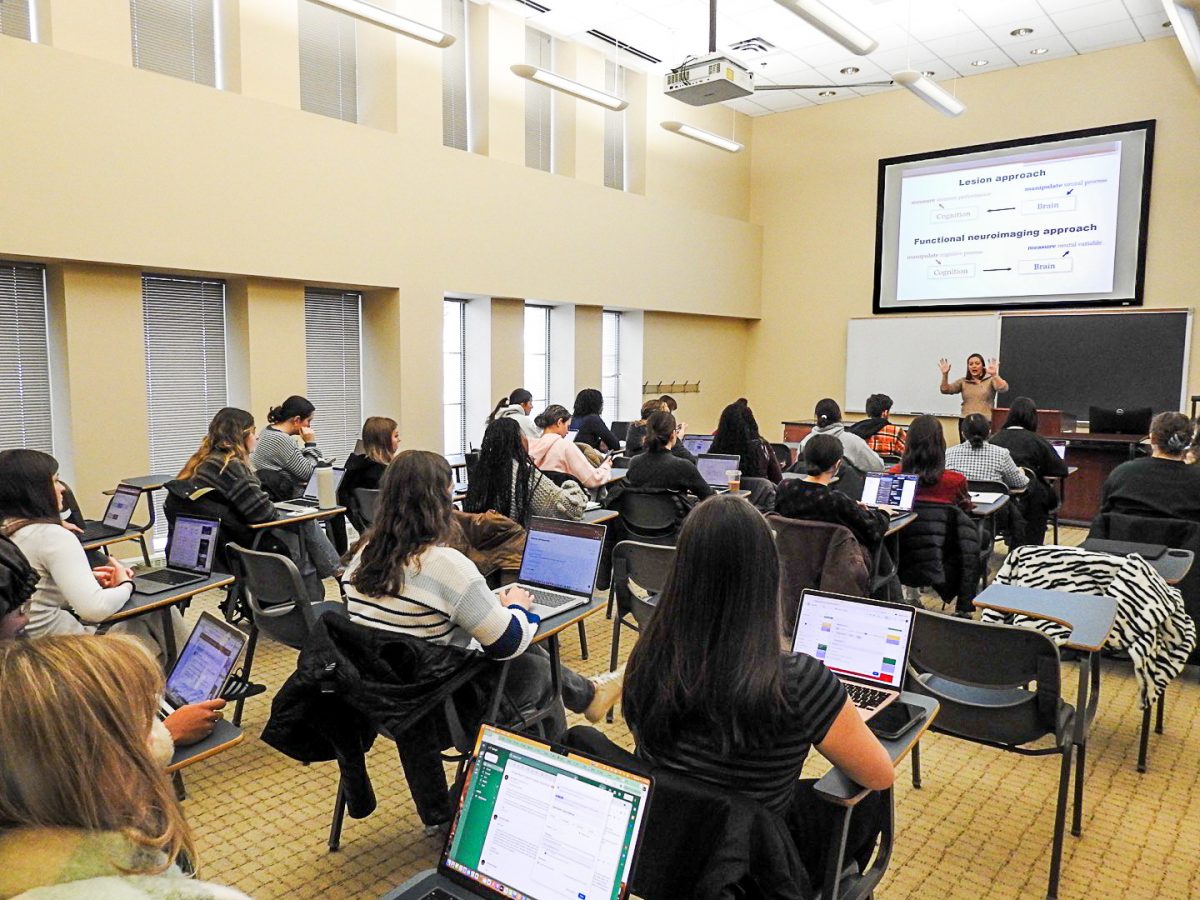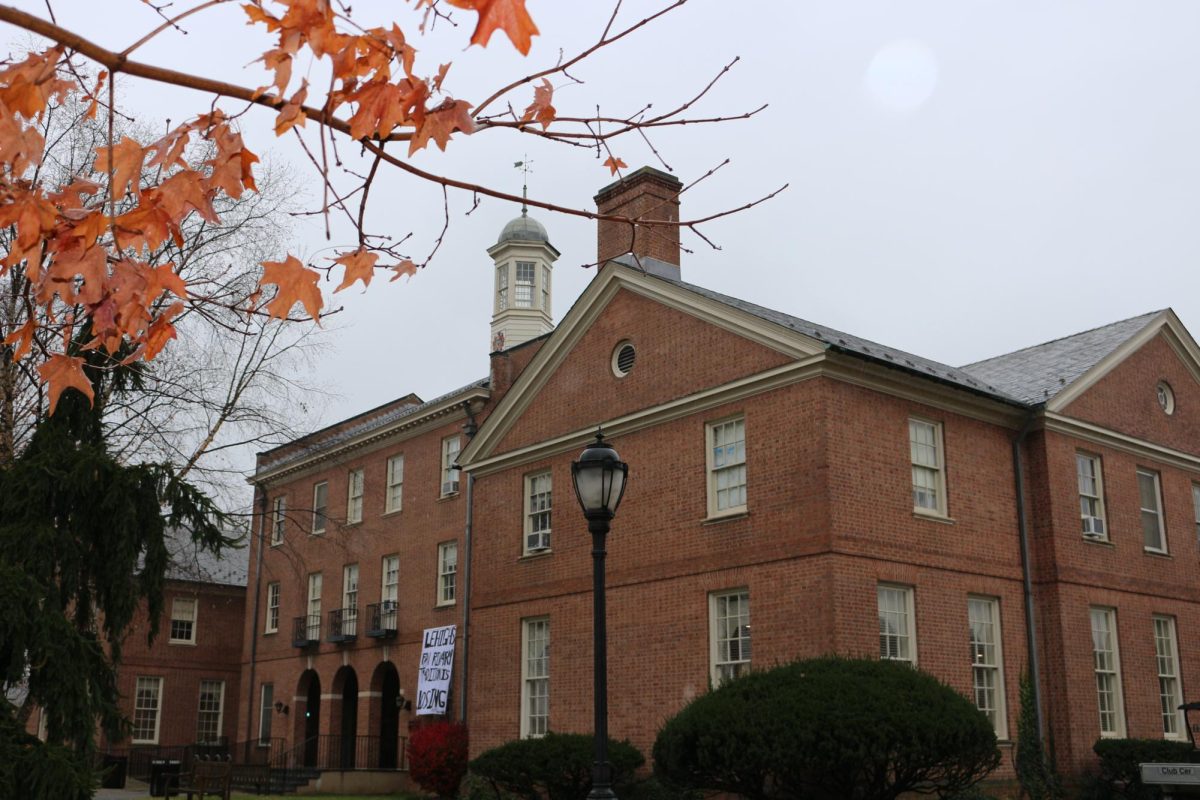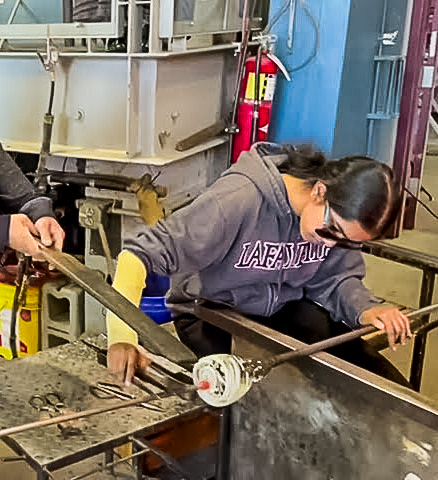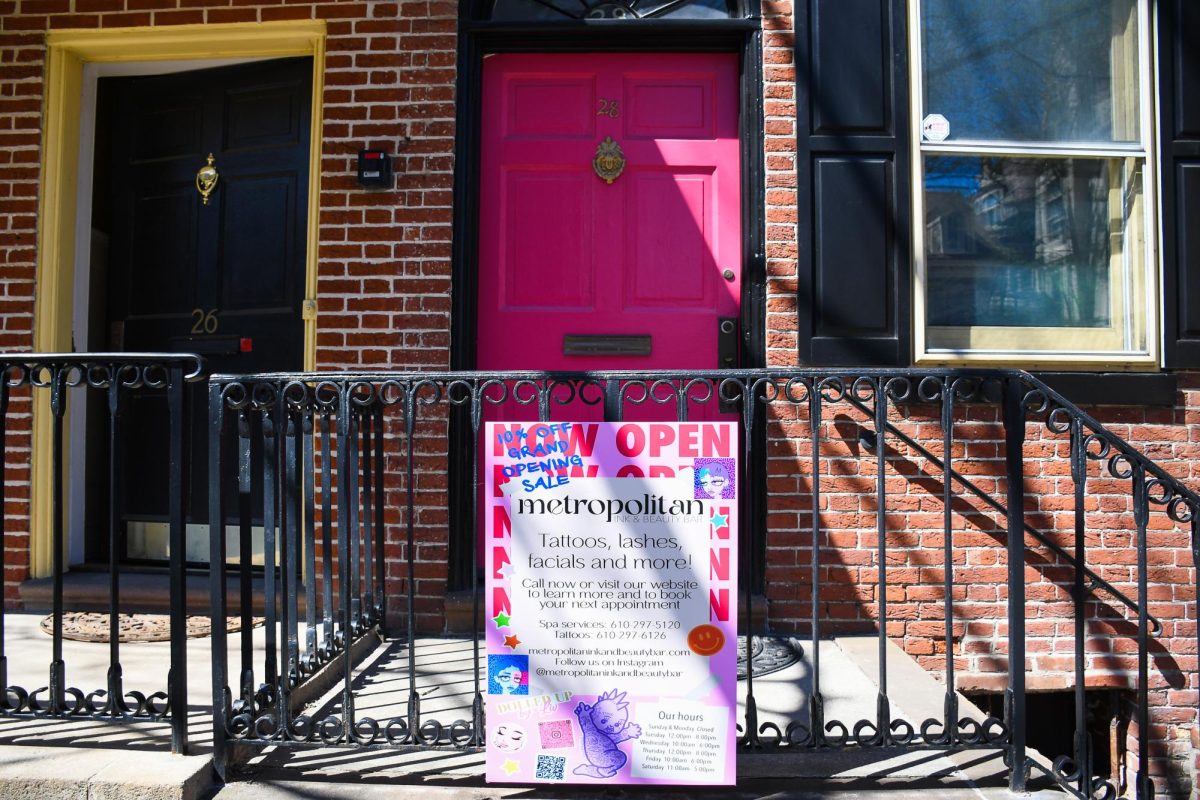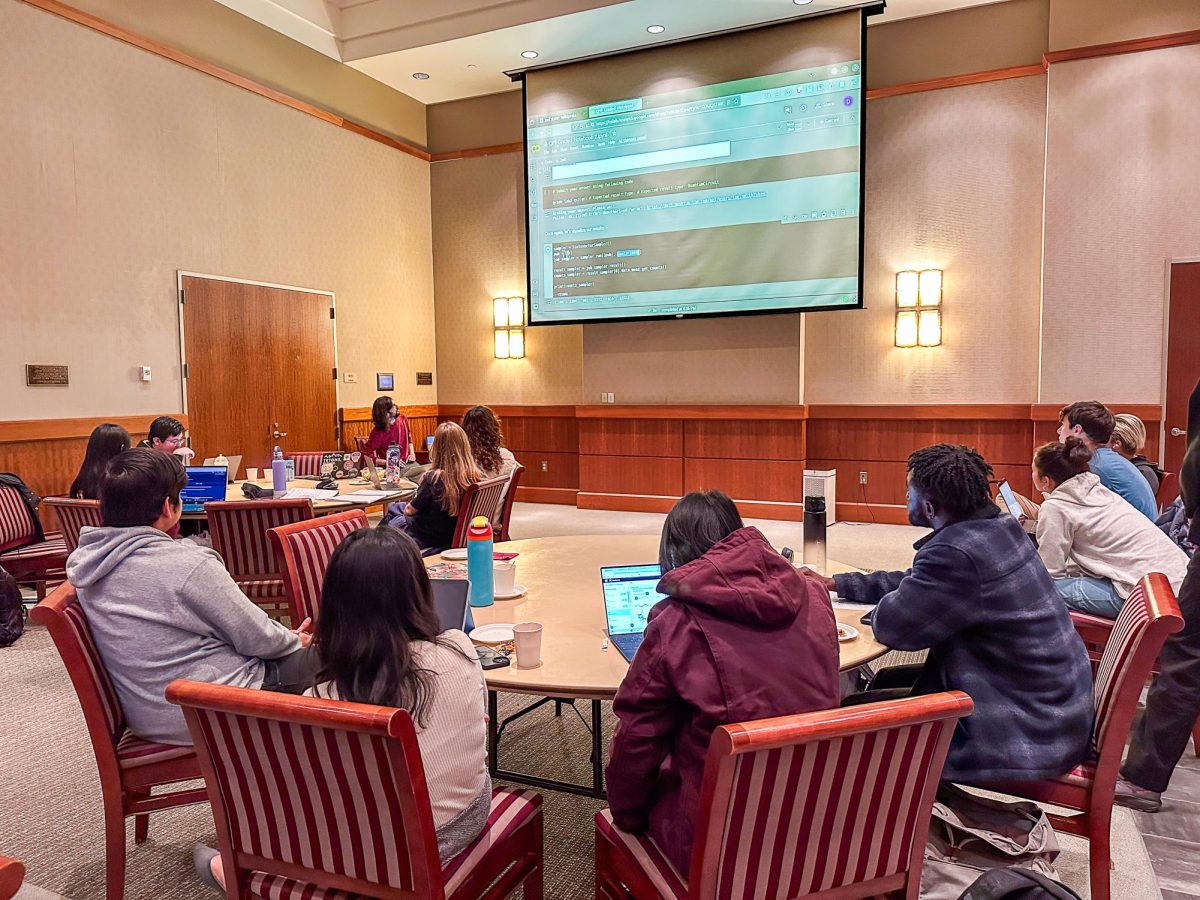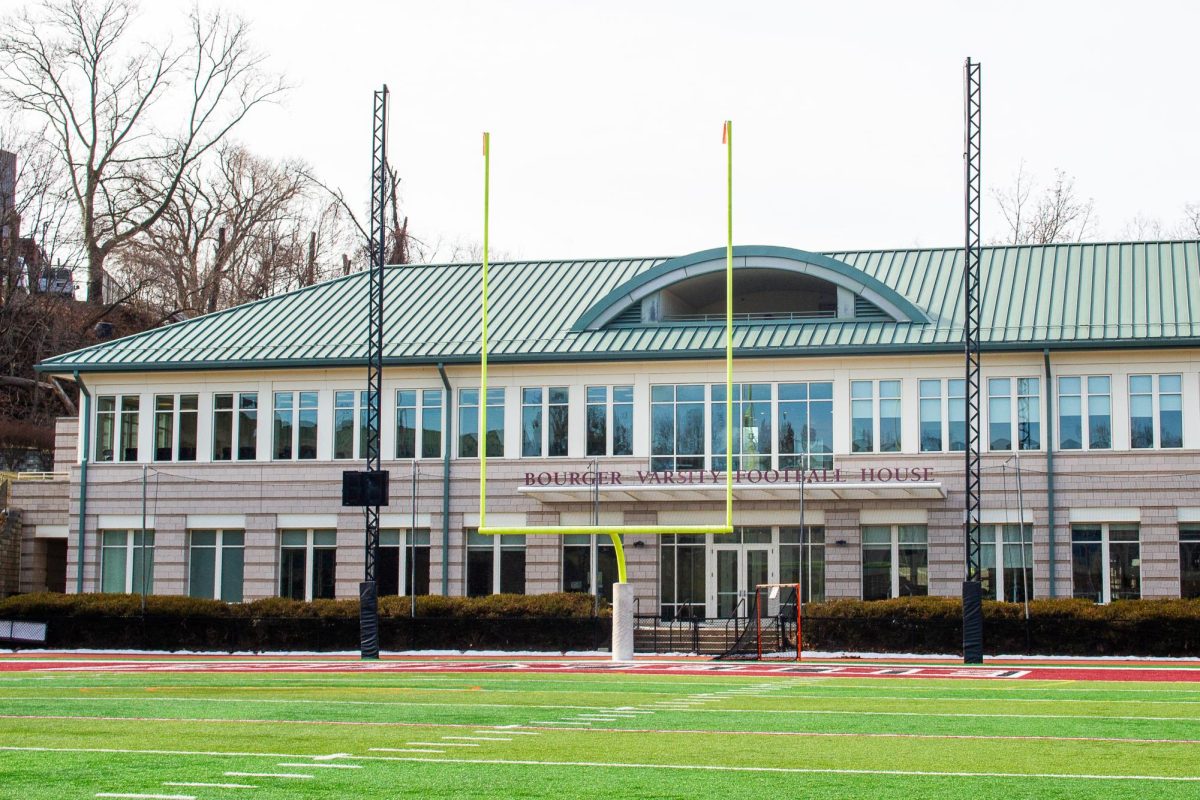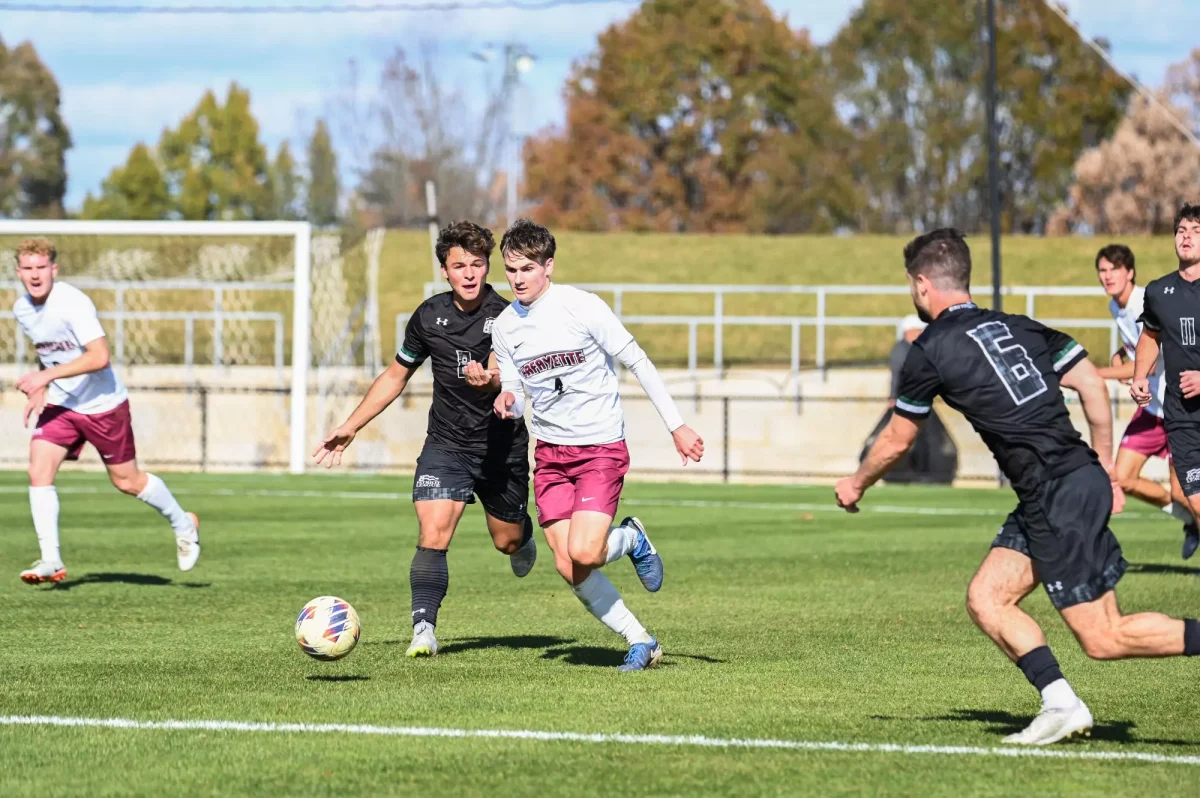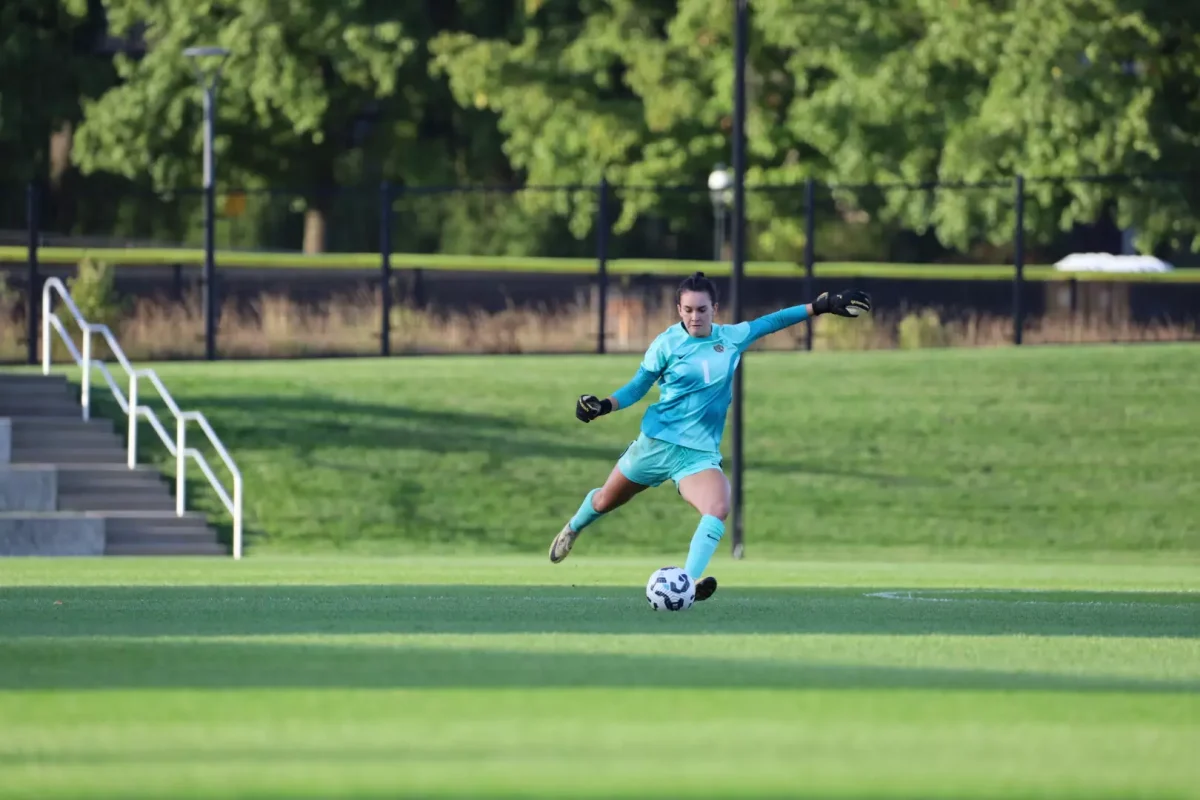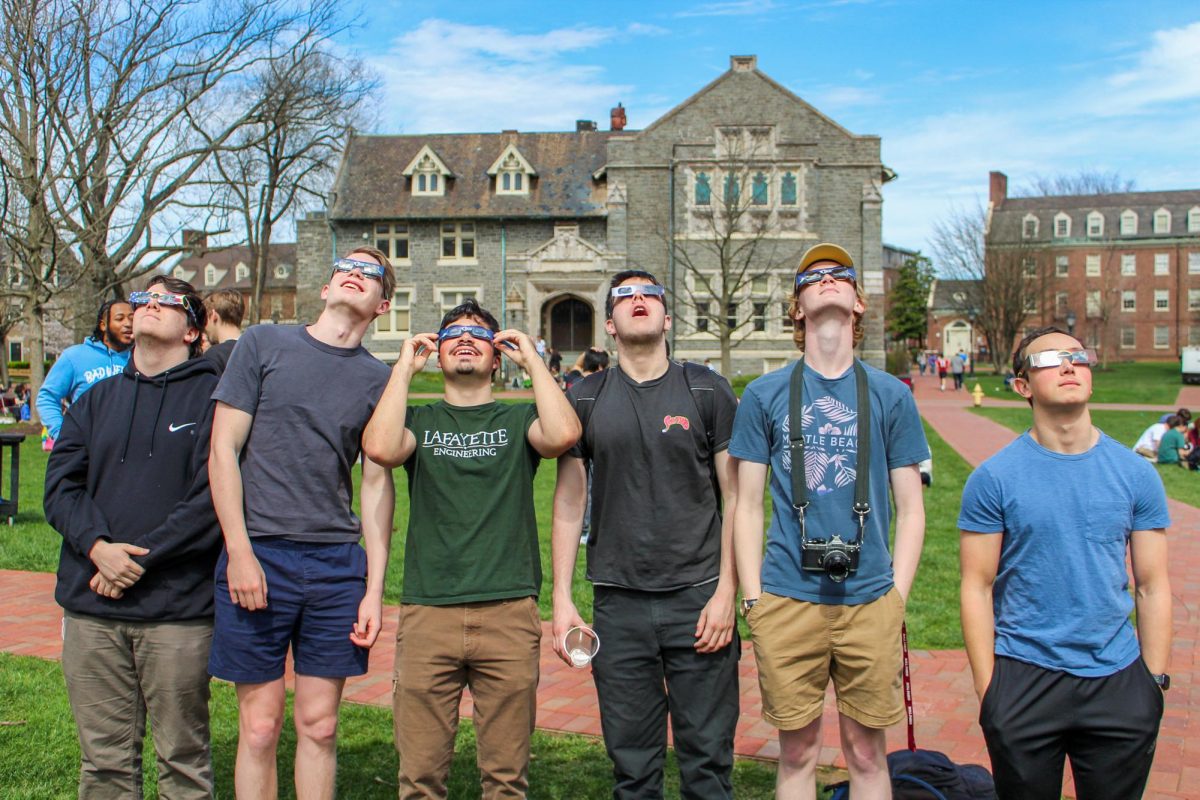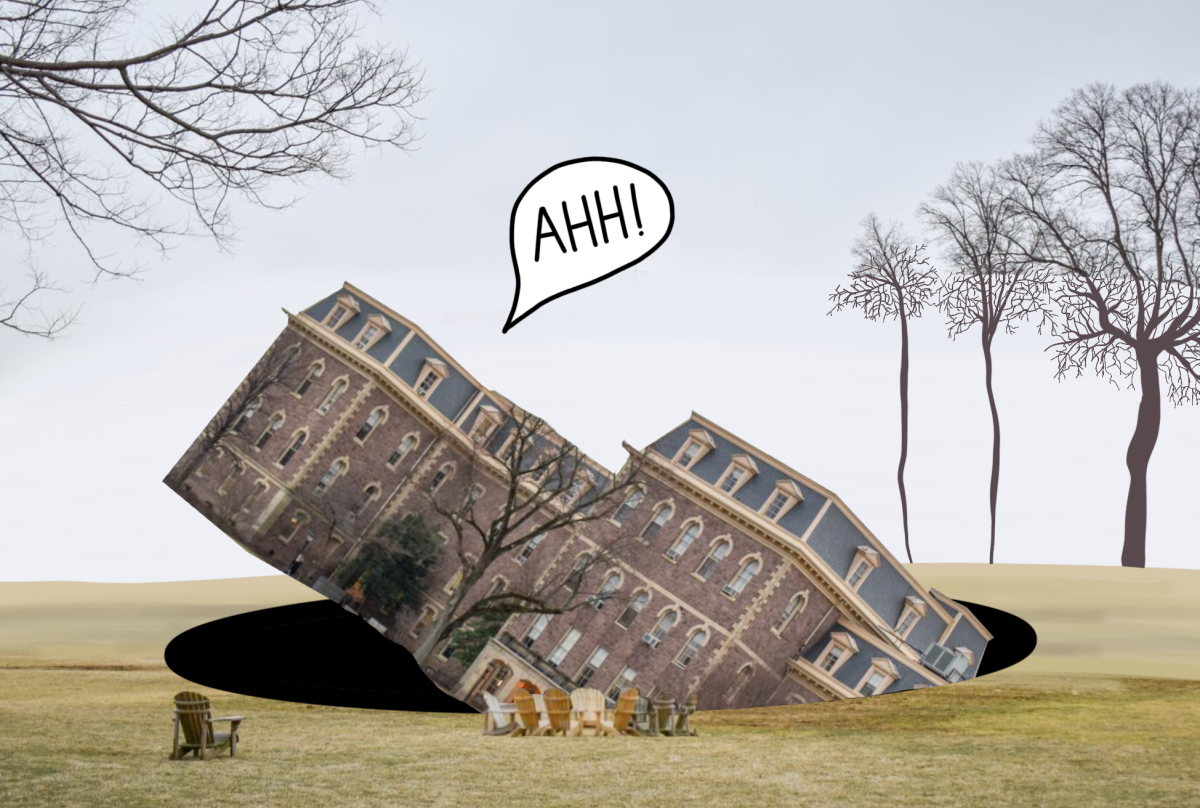Influenza cases easily surpassed the six-figure mark in Pennsylvania this winter, according to Wednesday data from the Pennsylvania Department of Health. Northampton and Lehigh County had high county influenza rates in the state — with 7,263 and 8,589 cases, respectively — as of state data from March 1.
But flu cases may finally be on the decline at Lafayette, and everywhere else, according to Director of Health Services Jodi Schluter.
“Flu cases that have been diagnosed at the health center remain similar to previous years,” Schluter wrote in an email, adding that there is often an additional flu peak following spring break.
“However, we have seen a decline in students receiving the flu vaccine at the health center,” Schulter wrote.
While the college requires students to receive various vaccines before coming to campus, the influenza vaccine is not required at Lafayette.
In comparison, county and statewide trends indicate that influenza cases have been unusually high this past month. The Lehigh Valley Health Network experienced an uprising in flu cases from December through February, according to Chief Infection Control and Prevention Officer Alex Benjamin.
Benjamin explained that most cases from last November through February are usually the Influenza A strain of the virus.
“The hospital has been very busy in terms of being at capacity, but we’re still able to take care of anyone who comes in through the door,” he said.

There are four main types of flu viruses: A, B, C and D. Strains A and B are the most common.
“These last few months, around the end of February to beginning of March, influenza A starts to trail off,” Benjamin said. “But then we start to see an increase in the number of flu B cases. We’re not really sure why that always happens, but it is kind of a seasonal occurrence.”
While the total number of flu cases has continued to decline, Benjamin predicted an influx of flu B is likely around the corner. Flu B can only spread amongst humans and is typically just as troublesome as flu A.
“The total numbers are still going down, but we’re starting to see that increase in the flu B cases,” he said.
Despite the downward trend in cases, Benjamin emphasized that it is still not too late to receive the influenza vaccination. He also encouraged those still experiencing respiratory symptoms to wear a mask in public.
Bailey Health Center begins preparing for flu season at the start of the fall semester by educating students and the community about the flu and the locations of nearby immunization clinics, according to Schluter.
The Centers for Disease Control previously reported in February that the 2024-25 flu season was the worst flu season in 15 years.








